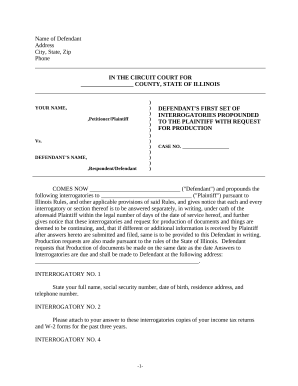
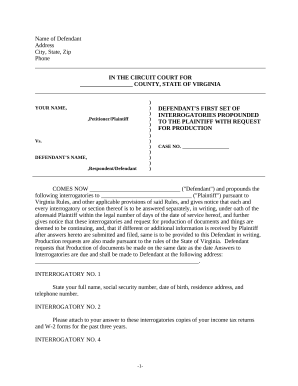


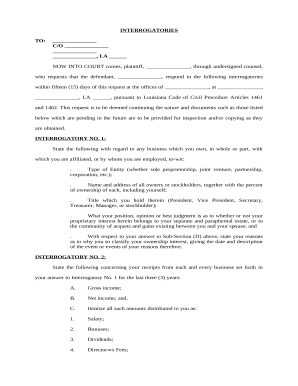
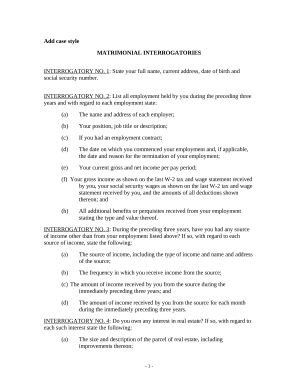

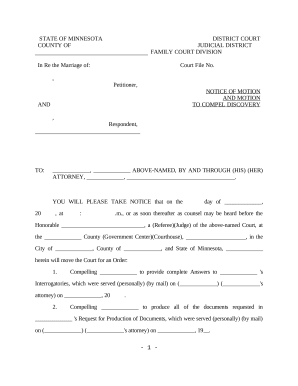

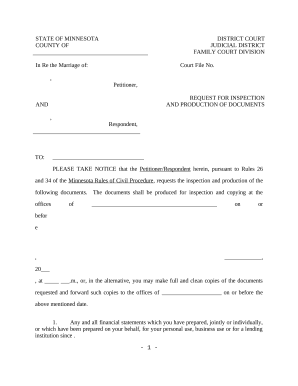
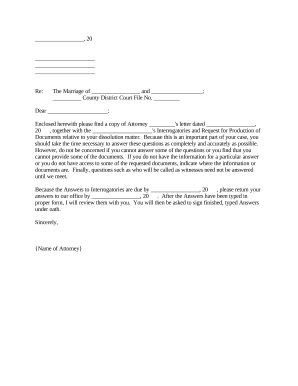
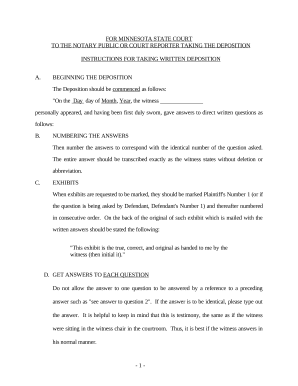
Document management can overpower you when you can’t discover all the forms you require. Luckily, with DocHub's vast form library, you can discover all you need and swiftly manage it without the need of changing among apps. Get our Discovery Process in Divorce and start utilizing them.
Using our Discovery Process in Divorce using these basic steps:
Try out DocHub and browse our Discovery Process in Divorce category with ease. Get your free profile right now!